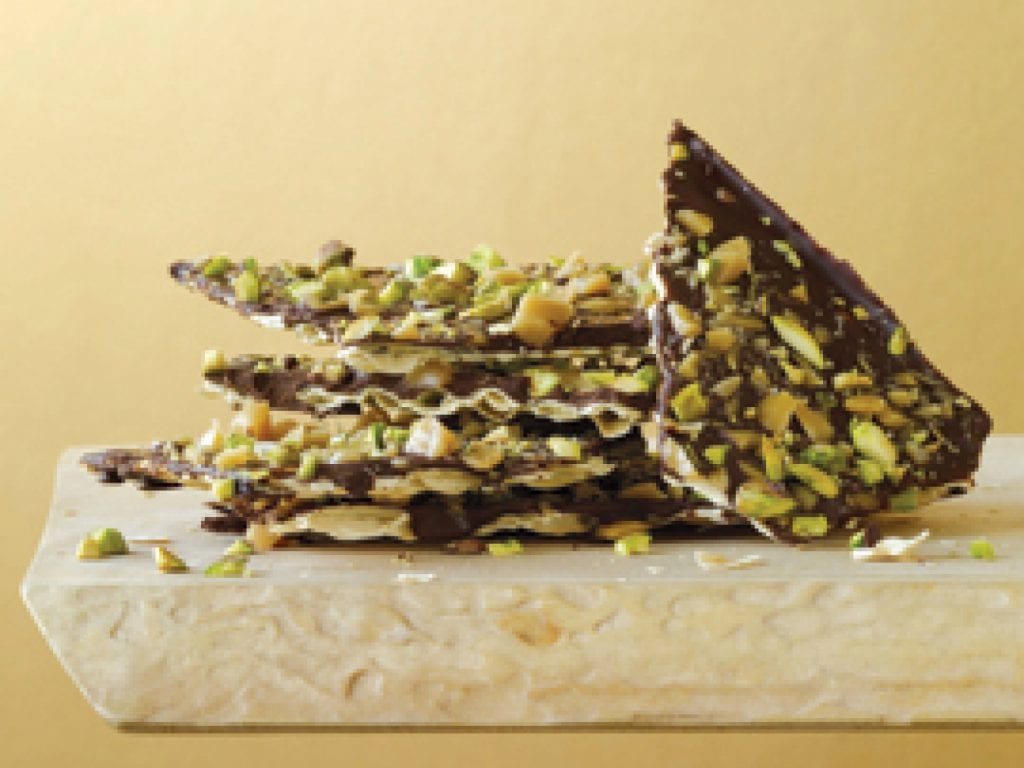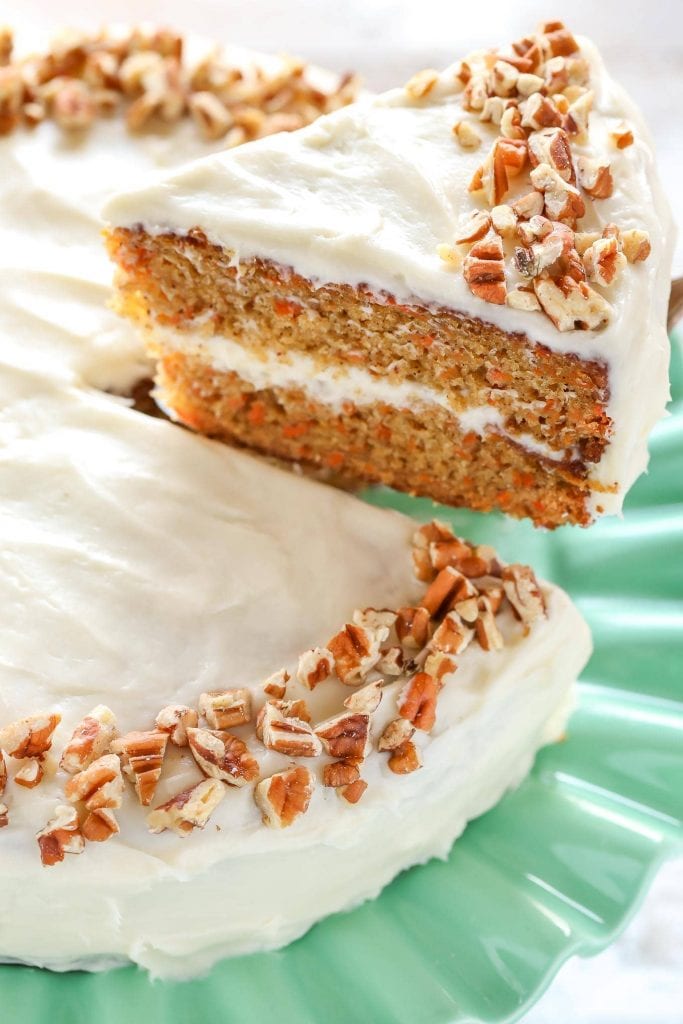Show Archive
Tuesday 30th March 2021.
March 30, 2021
 Our guest at 8:35 today is Dr Saul Barrera from the IVI Panama Clinic. Dr Barrera talks about the current IVI policy is to choose single embryo transfer whenever possible, as our data shows.
Our guest at 8:35 today is Dr Saul Barrera from the IVI Panama Clinic. Dr Barrera talks about the current IVI policy is to choose single embryo transfer whenever possible, as our data shows.
They key to understanding how implement this strategy for nearly 100% of our treatments was possible, lies in better knowledge of mechanisms controlling endometrial receptivity, technologies such as Timelapse, which allow for monitoring embryo development, and in improvements to the embryo selection process thanks to preimplantation genetic diagnosis, which helps discard embryos with chromosomal abnormalities. All this was complemented by  educational efforts among medical staff and population to make everybody understand that multiple gestation is not an aim to achieve, but a complication to avoid.
educational efforts among medical staff and population to make everybody understand that multiple gestation is not an aim to achieve, but a complication to avoid.
According to the data by the Spanish Fertility Society (SEF), double embryo transfer dropped from 72% in 2012 to 56% in 2016, whereas single embryo transfer increased from 20 to 42%. We are on the right track, however; we also need to take the patient´s perspective into consideration, who tends to associate success rates with pregnancy rates and it is not always the case. It is, therefore, the specialists´ task to explain that in reproductive medicine, the success variable is defined by a live birth, a healthy newborn at home, and these circumstances in the case of multiple pregnancies change significantly in comparison with singleton pregnancies due to an increased risk of maternal and neonatal complications…………………. For more listen to our conversation..
 Feisty Foodike Sara gives us a couple of recipes this week for Passover and Easter… Since Passover started this past Saturday and Easter is this coming weekend, I thought we could give our listeners a recipe for each holiday! *Plus you need a recipe of the month and the carrot cake would be perfect for it!
Feisty Foodike Sara gives us a couple of recipes this week for Passover and Easter… Since Passover started this past Saturday and Easter is this coming weekend, I thought we could give our listeners a recipe for each holiday! *Plus you need a recipe of the month and the carrot cake would be perfect for it!
Chocolate Toffee Matzo Bark with Pistachios
INGREDIENTS
- 4-5 lightly salted matzos (preferably Streit’s or Manischewitz brand – see note below)
- 2 sticks (1 cup) unsalted butter
- 1 cup firmly packed dark brown sugar
- 1 (12-oz) bag semi-sweet chocolate chips (I use Ghirardelli)
- 1 heaping cup pistachio nuts, chopped
- 1/2 teaspoon sea salt flakes or kosher salt
INSTRUCTIONS
- Preheat the oven to 350°F. Line a rimmed baking sheet with heavy duty aluminum foil, making sure the foil goes up and over the edges, and top with a sheet of parchment paper.
- Cover the baking sheet with the matzos, cutting and piecing them together as necessary to fill the entire pan.
- Make the toffee: Combine butter and brown sugar in a medium saucepan. Cook over medium heat, stirring constantly with a whisk, until the mixture comes to a boil. (If it looks like it’s separating, just keep stirring; it will come together.) Once the mixture comes to a boil, continue cooking and stirring for another 3 minutes until foamy and thickened. (Be extra careful — the toffee will be very hot!) Immediately pour the toffee over the matzos and, using a spatula, spread into an even layer.
-

Dark Chocolate, Toffee and Pistachio Matzoh Bark Put the pan into the oven and bake for 8 to 10 minutes, or until the toffee topping is crackled and bubbling all over. Remove the pan from the oven and place on wire cooling rack on the counter. Immediately scatter the chocolate chips evenly over top. Wait 3 to 5 minutes for the chips to soften, then use an offset spatula to spread the chocolate into an even layer. Sprinkle with the pistachios and sea salt. Refrigerate until the chocolate is firm, about 45 minutes. Don’t leave it in the fridge too much longer, otherwise it will be hard to cut.
- Lift the foil overhang to transfer the matzo bark onto a large cutting board. Using a large sharp knife, cut into 2-inch squares. Store in an airtight container in the fridge and serve cold.
Note: I love Streit’s or Manischewitz lightly salted matzos for this recipe but any brand will work. If you can only find regular salted matzos, cut back or omit the sea salt at the end. You’ll need enough to cover the entire sheet pan.
Freezer-Friendly Instructions: The toffee can be frozen for up to 3 months: Place the toffee in an airtight container. It can be eaten directly from the freezer or, if you’d like, remove the toffee from the container and let it come to room temperature.
Homemade Carrot Cake with Cream Cheese Frosting
INGREDIENTS
For the carrot cake:
-
- 1 tablespoon unsalted butter, for greasing the pans
- 2 cups unbleached all-purpose flour
- 1 teaspoon baking powder
- 3/4 teaspoon baking soda
- 3/4 teaspoon fine sea salt or table salt
- 2 teaspoons ground cinnamon
- 1/2 teaspoon freshly grated nutmeg
- 1/4 teaspoon ground allspice
- 2 cups packed light brown sugar
- 4 large eggs, at room temperature
- 1 cup canola oil
- 1 pound carrots, trimmed, peeled, and coarsely grated on the largest holes of a box grater or the fine grating blade of food processor (about 3 lightly packed cups total)
Optional additions:
-
- 2/3 cup walnuts or pecans, coarsely chopped, plus more lightly toasted nuts for garnish
- 2/3 cup dark or golden raisins
For the cream cheese frosting:
-
- 2 (8-ounce) packages cream cheese, chilled
- 11 tablespoons unsalted butter, softened at room temperature
- 1 1/3 cup confectioners’ sugar, sifted after measuring
- 1 tablespoon pure vanilla extract
Equipment: 2 (9-inch-round, 2-inch-deep) cake pans or 1 (9- by 13-inch) baking pan; parchment paper; stand mixer fitted with the paddle attachment; 1 to 2 wire cooling racks
INSTRUCTIONS
Cake:
- Position a rack in the middle of the oven and preheat to 375°F. Butter the bottom and sides of 2 (9-inch-round, 2-inch-deep) cake pans and line the bottoms with parchment paper.
 In a large bowl, whisk together the flour, baking powder, baking soda, salt, cinnamon, nutmeg, and allspice.
In a large bowl, whisk together the flour, baking powder, baking soda, salt, cinnamon, nutmeg, and allspice.- In the bowl of a stand mixer fitted with the paddle attachment, mix the brown sugar on the lowest speed to break up any lumps. Add 1 egg and continue to mix on low until smooth and incorporated. Add the remaining eggs, one at a time, and mix on low until smooth and incorporated. Shut off the mixer and scrape down the bowl and paddle. Return the mixer to low then add the oil in a thin steady stream and continue to beat until fully incorporated.
- Add the flour mixture in 3 batches, using a large rubber spatula to fold the mixture together until just incorporated. Fold in the carrots, along with the nuts and raisins, if using.
- Divide the batter between the prepared pans and smooth the tops. Bake until the layers are firm and risen and the tip of a paring knife inserted in the center of the cake emerges clean, about 40 minutes. Transfer to a wire rack to let cool for 5 minutes then invert the cake layers onto the rack and peel off the parchment paper. Use another rack or a large plate to invert the cake layers again then slide them back on to the rack so they are right side up. Let the cake layers cool completely. DO AHEAD: The cakes can be baked ahead, cooled, wrapped in a double layer of plastic wrap, and refrigerated for up to 2 days, or frozen up to 1 month.
Once the cake is completely cool, make the frosting:
In the bowl of a stand mixer fitted with the paddle attachment, combine the cream cheese and butter and beat on medium until smooth, 30 seconds to 1 minute. Shut off the mixer and scrape down the bowl and paddle. Add the confectioners’ sugar and vanilla, and beat on medium, scraping down the bowl and paddle as necessary, until light and fluffy, about 2 minutes.
Frost the cake:
Place 1 cake layer on a large plate and cover the top with about 1/3 of the frosting. Invert the second layer on top of the frosted bottom layer so that the flat side (the bottom) is on top. Spread the remaining frosting on the sides and top of the cake. If you used walnuts or pecans in the cake, sprinkle the frosting with a few tablespoons of lightly toasted chopped nuts. Keep at cool room temperature until serving time. DO AHEAD: Carrot cake can be baked and frosted ahead and kept, in an airtight cake dome, at cool room temperature, for 2 to 3 days.

